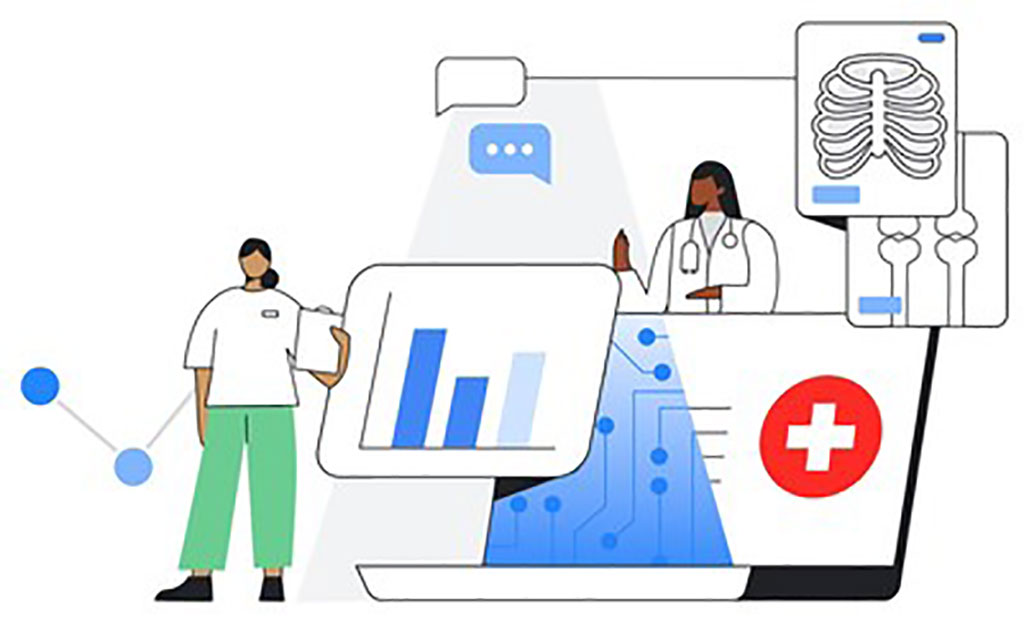Prototype of Virtual Reality Device with Potential for Diagnostic Imaging Presented
By MedImaging International staff writers
Posted on 05 Jan 2016
A prototype of a high-resolution mobile Virtual Reality (VR) diagnostic imaging device for radiologists was presented at the annual Radiological Society of North America (RSNA 2015) meeting in Chicago (IL, USA).Posted on 05 Jan 2016
The researchers investigated whether VR visualization could be useful for diagnostic imaging without sacrificing the quality and stability of Digital Imaging and Communications in Medicine (DICOM) images. The researchers also tested the feasibility of remote diagnosis of complete Computed Tomography (CT) exams using a mobile VR system.

Image: Photo of the virtual reality device mobile diagnostic imaging (Photo courtesy of RSNA).
The study of the prototype VR system, powered by a smartphone with an ultra-high-density 550 ppi display, was carried out by researchers from the Evangelismos Hospital (Athens, Greece). The researchers began by testing the system using CT images. Two radiologists, a consultant in the hospital, and a radiologist in another area of the hospital, reviewed 271 CT exams using remote VR. The two reports were compared using standardized reporting systems. The researchers assessed imaging quality of the VR system, compared to the hospital's workstation, in the independent, double-blinded reports. The two radiologists showed agreement in 97.27% of the results. The remaining contradicting results also showed discrepancies between radiologists on the same monitor. The results showed that in most of the parameters evaluated by the researchers, there was good inter-observer agreement, and the use of the VR system did not affect image quality, or alter the diagnosis.
Dr. Moustakas, radiologist at the Evangelismos Hospital, said, “Using the system is like being in front of a 175-inch mega screen while enabling visualization at 360 degrees. Once the DICOM images are downloaded, the user wears the device and can scroll through the images, viewing up to 56 at any time—all while being on the move. It is very easy to use. Once the files are downloaded it takes less than a minute to wear the VR device and start viewing the CT images. The fact that it's also mobile is crucial, because this technique can be used for remote diagnosis, avoiding the limitations of the relatively small displays of normal mobile devices. The main drawbacks until now were mobility and display resolution, but our system resolves both, but the potential advantages are boundless”.
Related Links:
Evangelismos Hospital













